- Home
- Articles
- Architectural Portfolio
- Architectral Presentation
- Inspirational Stories
- Architecture News
- Visualization
- BIM Industry
- Facade Design
- Parametric Design
- Career
- Landscape Architecture
- Construction
- Artificial Intelligence
- Sketching
- Design Softwares
- Diagrams
- Writing
- Architectural Tips
- Sustainability
- Courses
- Concept
- Technology
- History & Heritage
- Future of Architecture
- Guides & How-To
- Art & Culture
- Projects
- Interior Design
- Competitions
- Jobs
- Store
- Tools
- More
- Home
- Articles
- Architectural Portfolio
- Architectral Presentation
- Inspirational Stories
- Architecture News
- Visualization
- BIM Industry
- Facade Design
- Parametric Design
- Career
- Landscape Architecture
- Construction
- Artificial Intelligence
- Sketching
- Design Softwares
- Diagrams
- Writing
- Architectural Tips
- Sustainability
- Courses
- Concept
- Technology
- History & Heritage
- Future of Architecture
- Guides & How-To
- Art & Culture
- Projects
- Interior Design
- Competitions
- Jobs
- Store
- Tools
- More
Understanding the Meaning of Parametric Architecture: A Comprehensive Guide
Discover the transformative potential of parametric architecture in this deep dive into its principles, historical evolution, and modern applications. Learn how algorithms and computational design create adaptive, sustainable structures like the Beijing National Stadium. Explore the benefits, challenges, and future trends of this innovative approach that's reshaping architectural norms.
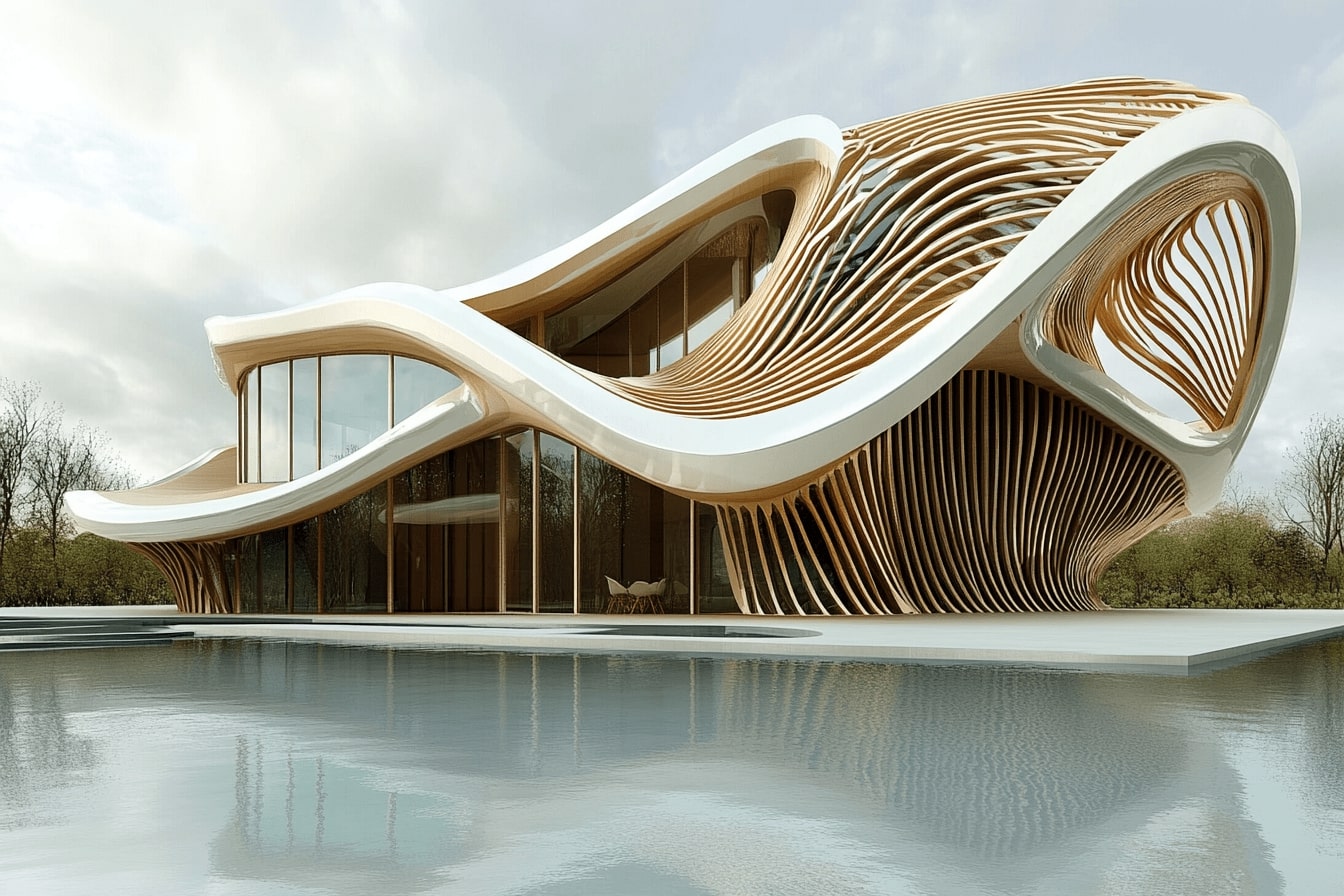
Have you ever marveled at a building that seems to defy traditional architectural norms, with fluid lines and organic shapes? Chances are, you’ve encountered parametric architecture. This innovative approach leverages algorithms and computational design to create structures that are not only visually stunning but also highly functional.
In parametric architecture, every design element is interconnected, allowing for dynamic adjustments and optimization. This means architects can experiment with endless possibilities, pushing the boundaries of what’s possible in construction. As we delve into the meaning of parametric architecture, we’ll explore how this cutting-edge technique is reshaping our built environment.

Table of Contents
ToggleWhat is Parametric Architecture?
Parametric architecture transforms design processes through algorithmic thinking. It involves setting parameters and constraints, then using computational software to generate intricate designs. This method enables the creation of complex, adaptive forms that traditional techniques can’t achieve.
The defining feature of parametric architecture is its reliance on algorithms. Designers input specific parameters—like material properties, structural requirements, and environmental conditions. The software then iterates through countless variations to find the most efficient and aesthetically pleasing solutions.
Parametric architecture allows dynamic adjustments. If a parameter changes, the entire design automatically updates. This flexibility means we can explore countless design possibilities quickly and efficiently.
Several iconic examples highlight the versatility of parametric architecture. The Beijing National Stadium (“Bird’s Nest”) and the Heydar Aliyev Center in Baku showcase the distinctive, fluid forms achievable through this method. Architects can push the boundaries of creativity and functionality by leveraging computational design tools.
Environmental considerations also play a critical role. Parametric design can optimize building performance concerning light, heat, and airflow, leading to more sustainable structures. By integrating environmental data into the design process, we can significantly reduce energy consumption and environmental impact.
Parametric architecture merges algorithms and design to produce innovative, adaptive, and efficient structures. It represents a shift from static designs to a more flexible, dynamic approach, allowing for continuous evolution and improvement in architectural practice.

Historical Background of Parametric Architecture
Parametric architecture, though modern in execution, has roots tracing back to early computational design experiments. The evolution from manual drafting to algorithmic modeling marks significant milestones in architectural history.
Origins and Evolution
The origins of parametric architecture lie in the rise of computational theory in the 20th century. In the 1960s, architects began exploring computer-aided design (CAD) to transcend traditional limitations. By the 1990s, advancements in computational power and software facilitated the seamless integration of complex algorithms into architectural practice. This period witnessed a shift from static, predefined forms to dynamic, adaptable structures. The evolution continued into the 21st century, resulting in revolutionary projects like Zaha Hadid’s fluid forms and Frank Gehry’s complex curvatures. These developments peppered the path toward what we now recognize as parametric architecture.
Key Pioneers
Key pioneers in parametric architecture have driven innovation by leveraging computational tools and algorithms. One notable figure is Zaha Hadid, whose work on the Heydar Aliyev Center exemplifies the expressive potential of parametric design. Frank Gehry, known for the Guggenheim Museum Bilbao, utilized digital modeling software to create unprecedented architectural forms. Patrik Schumacher, a prominent theorist, has extensively written on parametricism as a style, advocating for its adoption across the architectural spectrum. These pioneers, among others, have shaped the theoretical and practical foundation of parametric architecture, pushing the boundaries of design and construction.
Characteristics of Parametric Architecture
Parametric architecture stands out for its distinct set of characteristics. These unique traits set it apart from traditional architectural practices, making it an innovative approach in modern design.
Design Principles
Parametric architecture’s design principles include fluidity, responsiveness, and integration. Fluidity refers to the seamless, continuous flow of forms, creating organic shapes that mimic nature’s complexity. Responsiveness means adapting designs based on environmental and functional inputs. Integration involves the cohesive blending of design elements, ensuring each part contributes to the overall structure harmoniously. These principles enable architects to create adaptive, efficient, and aesthetically pleasing buildings.
Common Tools and Software
Parametric design relies on advanced tools and software to implement its complex principles. Popular software includes:
- Rhinoceros (Rhino): Known for its versatility, Rhino supports NURBS (Non-Uniform Rational B-Splines) modeling for precise control over curves and surfaces.
- Grasshopper: A visual programming language that integrates with Rhino, enabling designers to create algorithms that define architectural forms and processes.
- Autodesk Maya: Offers robust modeling, simulation, and rendering capabilities, essential for detailed and dynamic architectural designs.
- Dynamo: Works with Autodesk Revit, providing a platform for algorithm-aided design to develop complex building information models (BIM).
These tools facilitate the exploration of diverse design possibilities, allowing for the automatic adjustment and optimization of architectural elements. The use of such software enhances the ability to create innovative, sustainable, and functional spaces.

Benefits of Parametric Architecture
Parametric architecture offers various advantages that enhance the design and construction processes. These benefits range from improved flexibility to increased efficiency.
Flexibility and Adaptability
Parametric architecture allows for unprecedented levels of flexibility and adaptability in design. By setting parameters and constraints, we can generate multiple design variations quickly. Changes in one aspect of the design automatically update related components, ensuring coherence and consistency. Examples include how alterations to a building’s shape can simultaneously adjust structural supports and façade elements. This adaptability enables rapid prototyping and real-time adjustments, facilitating innovative and responsive design solutions.
Efficiency in Design and Construction
Efficiency in design and construction is significantly enhanced through parametric architecture. Algorithms and computational tools streamline the design process, reducing the time required to develop complex geometries. The automatic generation and optimization of design components minimize human error and enhance precision. For instance, using software like Rhino and Grasshopper, we can simulate and test various structural and environmental conditions, ensuring optimal performance before actual construction. This efficiency leads to cost savings and reduces material waste, making the construction process more sustainable and economical.
Challenges and Limitations
Parametric architecture offers tremendous opportunities, yet it comes with its own set of challenges and limitations.
Technical Complexity
Parametric architecture demands a high level of technical expertise. Architects must master complex algorithms, computational tools, and software like Rhino, Grasshopper, and Autodesk Maya. These tools have steep learning curves, requiring significant time and effort to achieve proficiency. Without the necessary skills, leveraging the full potential of parametric design becomes difficult. Additionally, integrating environmental data and optimizing building performance through these tools add layers of complexity that can overwhelm less experienced designers.
Cost Considerations
The initial cost of adopting parametric architecture can be substantial. Investments in advanced software, powerful computing hardware, and specialized training increase upfront expenses. Projects using parametric design also tend to involve higher costs during the design phase due to intensive computational modeling and iteration. While long-term benefits like material efficiency and sustainability may offset these costs, the initial financial burden can be prohibitive for smaller firms or projects with limited budgets.
Parametric Architecture in Modern Projects
Parametric architecture has revolutionized contemporary design, showcasing its potential in modern projects by embracing adaptability and efficiency. This section explores notable examples and current trends, emphasizing the innovations driving this architectural approach.
Notable Examples
Significant modern buildings demonstrate the capabilities of parametric architecture. The Beijing National Stadium, also known as the “Bird’s Nest,” exemplifies complex geometric patterns achieved through computational design. The Heydar Aliyev Center in Baku, designed by Zaha Hadid, features sweeping curves and fluid forms that challenge conventional building techniques.
The Harbin Opera House in China, another notable example, seamlessly integrates organic shapes to create an immersive environment for the arts. Its fluid structures result from sophisticated algorithms that consider environmental factors like wind and light.

Trends and Innovations
Recent trends in parametric architecture highlight sustainable design and smart building practices. Designers increasingly use computational tools to optimize energy performance, incorporating real-time environmental data into their projects. This trend results in buildings that are not only visually striking but also highly efficient in resource consumption.
Innovations such as generative design allow architects to explore countless design permutations with algorithms that adapt to specific constraints. The integration of robotic construction techniques and 3D printing further enhances the potential of parametric architecture, enabling the precise realization of intricate designs and reducing material waste.
Parametric architecture continues to push the boundaries of what is achievable in modern construction, fostering a future where adaptable, efficient, and sustainable designs become standard practice.
Conclusion
Parametric architecture revolutionizes how we design and construct buildings. By leveraging algorithms and computational tools, we achieve unparalleled flexibility, adaptability, and efficiency. Our approach shifts from static forms to dynamic, evolving structures that respond to environmental and functional needs.
This method’s potential remains vast, as illustrated by iconic buildings like the Beijing National Stadium and the Heydar Aliyev Center. These examples show how parametric design can produce visually stunning and highly functional structures. The ability to integrate environmental data into our designs ensures that we create more sustainable and efficient buildings.
While the complexity and initial costs present challenges, the long-term benefits of parametric architecture outweigh these hurdles. Advanced tools like Rhino and Grasshopper streamline our design processes, leading to cost savings and reduced material waste. These efficiencies make the construction process more sustainable and economical.
Parametric architecture impacts modern projects significantly, pushing the boundaries of architectural practice. With innovations such as generative design and robotic construction, we realize intricate designs with precision and reduce waste. As we continue to explore and adopt this approach, adaptable, efficient, and sustainable designs will define the future of architecture.
Submit your architectural projects
Follow these steps for submission your project. Submission FormLatest Posts
Tips for Using Runners to Transform Hallways and Spaces
Hallways work hard. They handle daily foot traffic, muddy shoes, and the...
Essential Architecture Tools in 2026: Software, AI, and Physical Equipment
Architecture in 2026 demands more than design talent alone. From BIM and...
Light of Tomorrow by VELUX 2026
This competition encourages architects to design visionary spaces where natural light drives...
Top 10 Online Platforms to Find Apartments for Rent in San Antonio
San Antonio, Texas, with its vibrant culture, historical landmarks, and strong job...



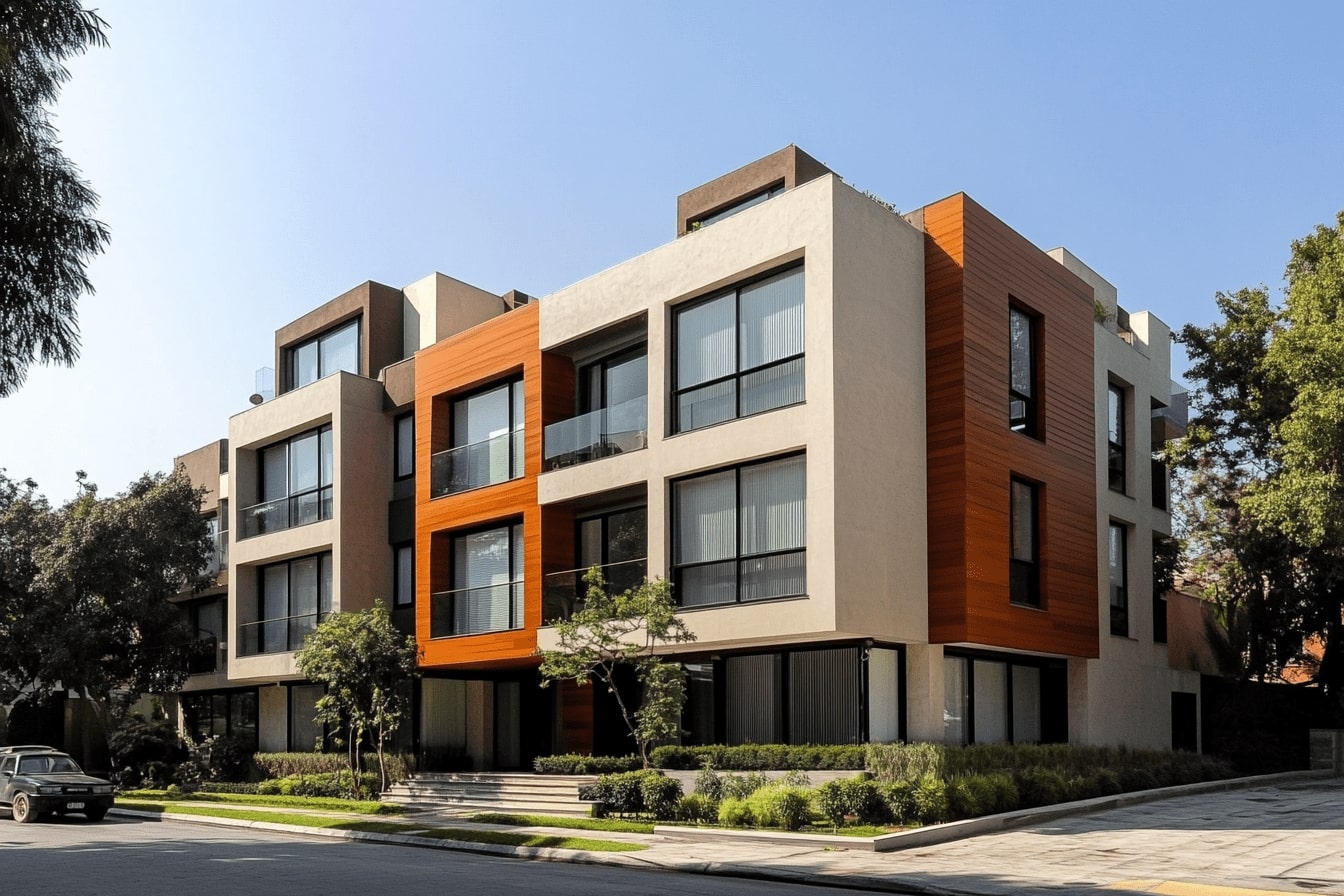
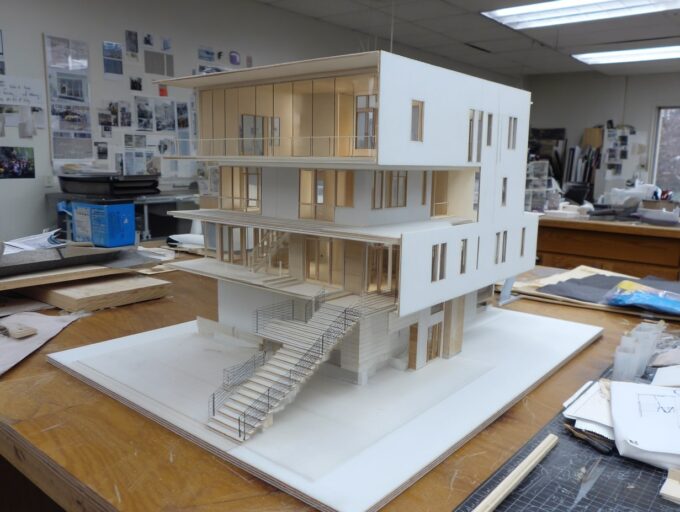
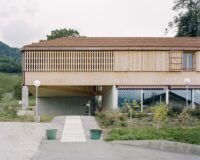


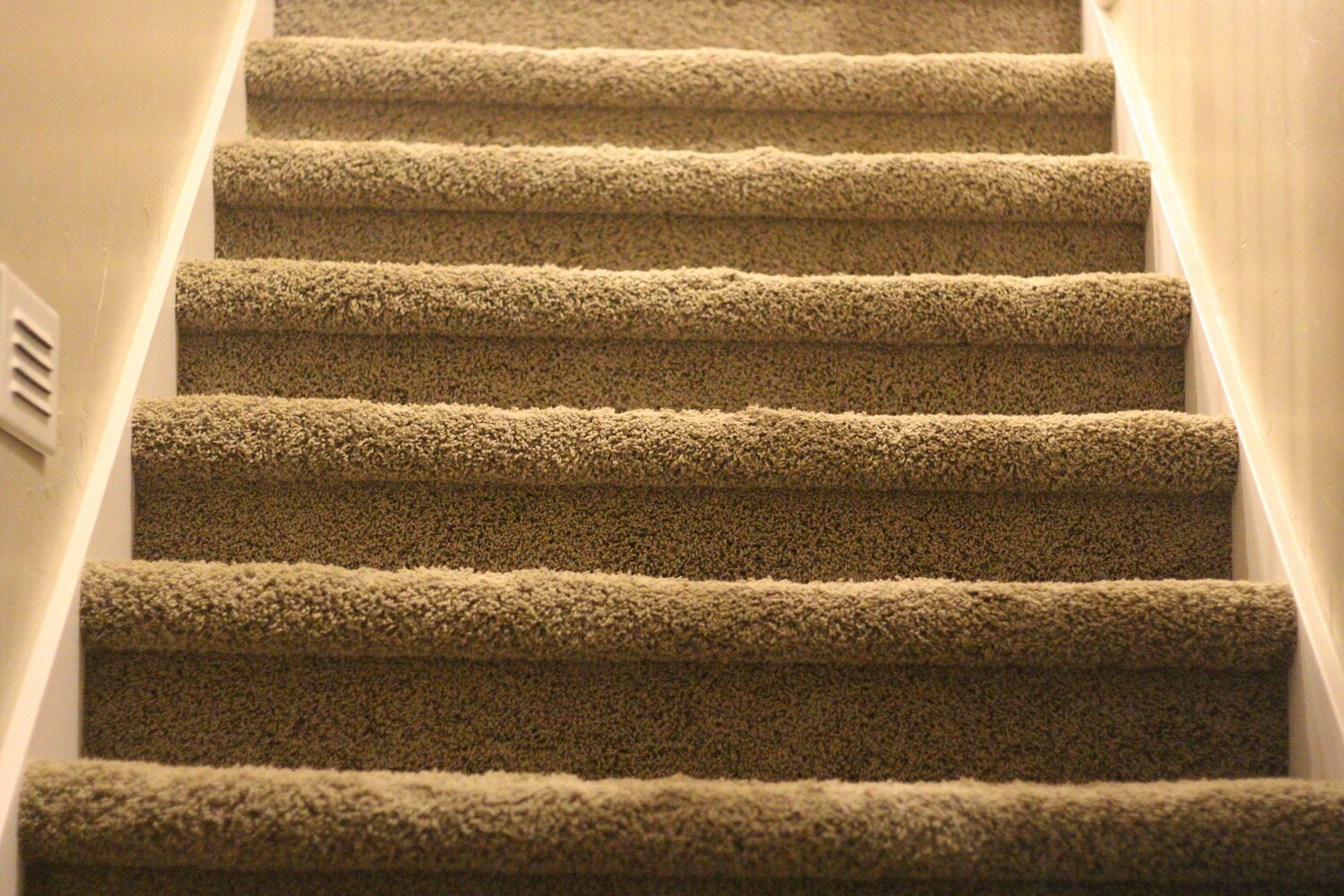


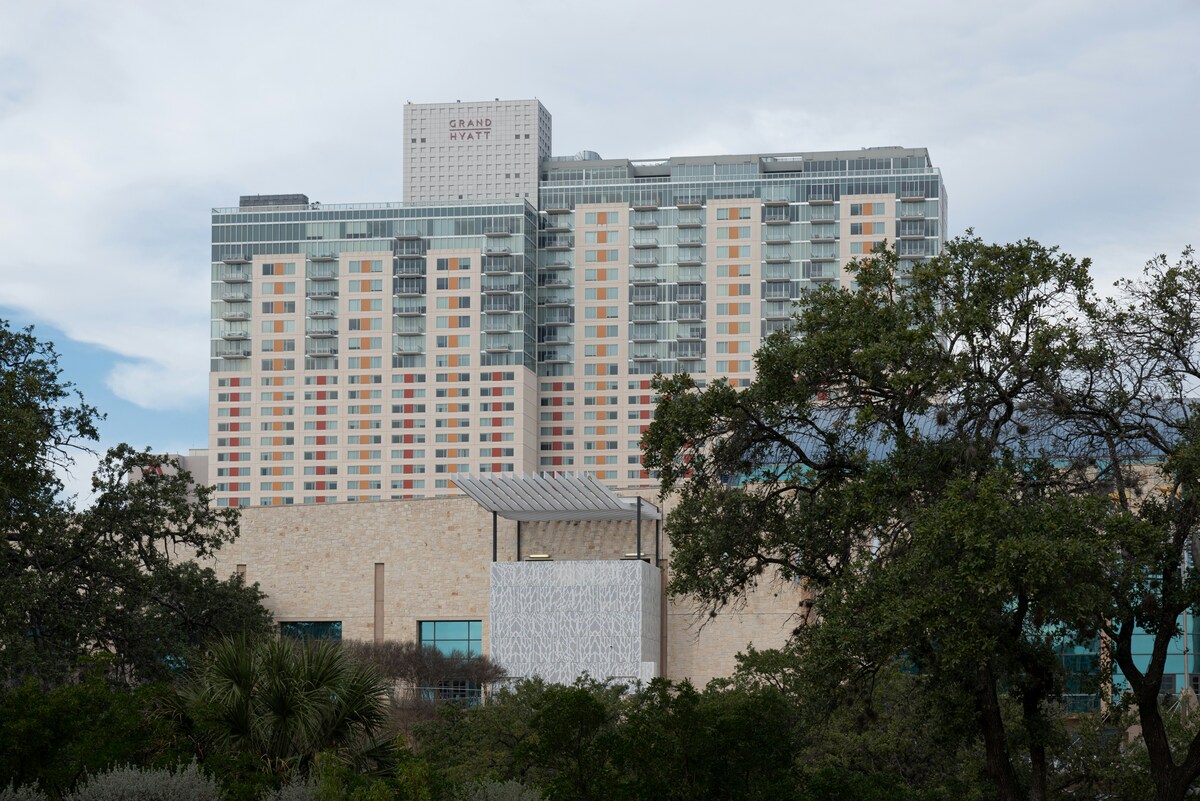
Leave a comment